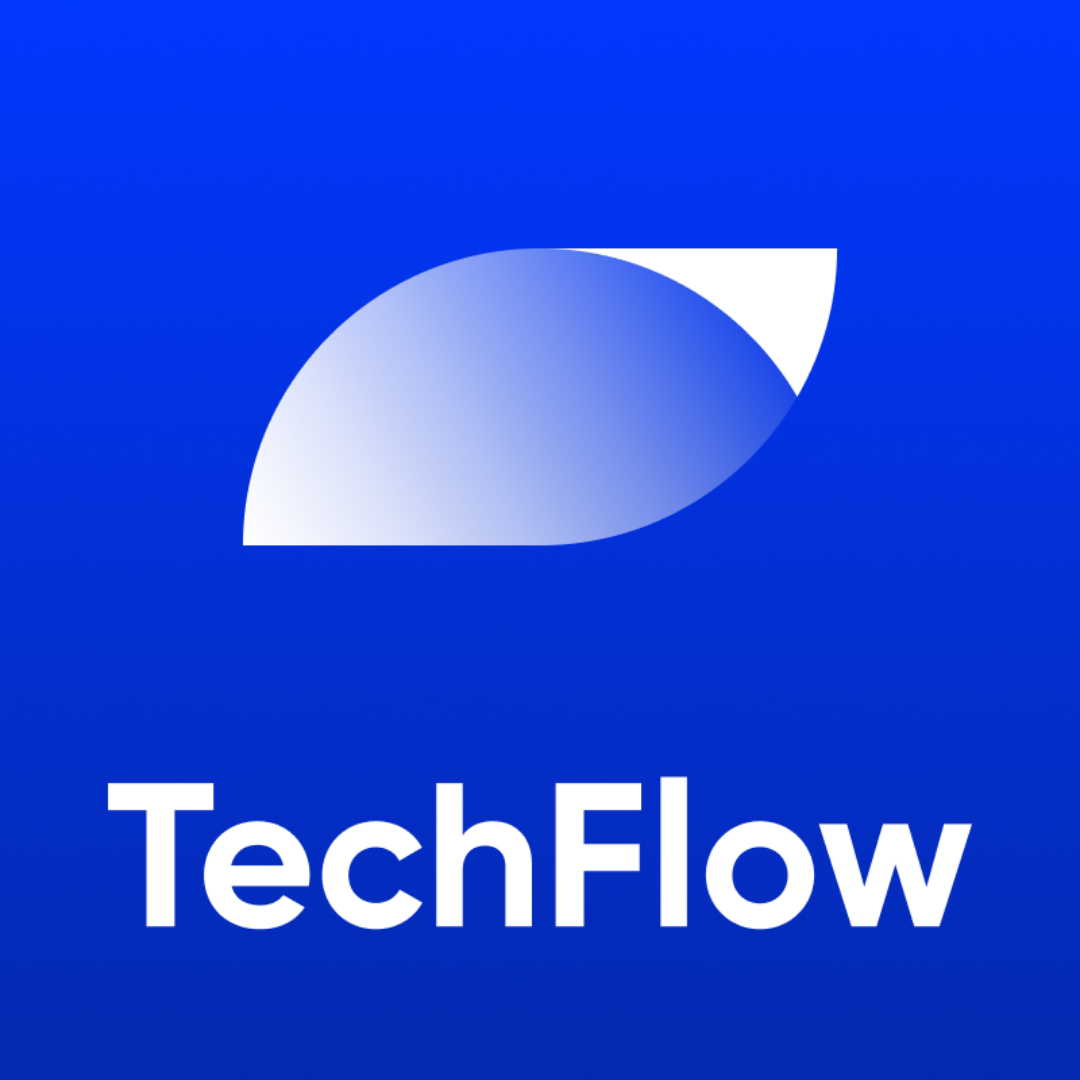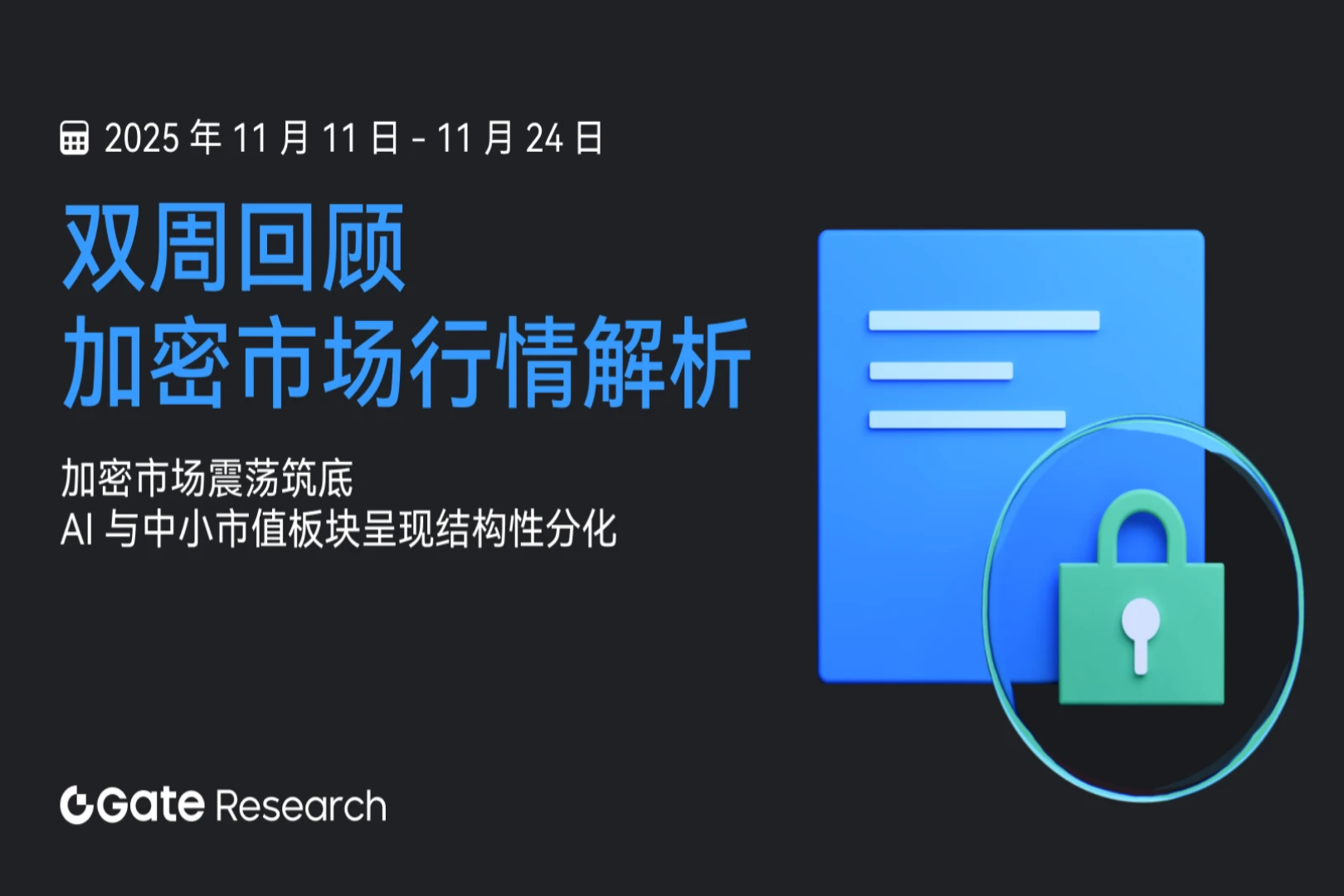ZEC rose 37% against the trend. What other projects in the privacy sector are worth paying attention to?
- 核心观点:隐私币在极端行情中展现强劲韧性。
- 关键要素:
- ZEC暴跌后快速反弹,涨幅近400%。
- 灰度信托重启带来实际买盘支撑。
- 地缘冲突催化金融隐私需求。
- 市场影响:推动隐私赛道价值重估。
- 时效性标注:短期影响
Original author: Umbrella, Deep Tide TechFlow
On October 11, 2025, the crypto market experienced the largest contract liquidation day in the industry's history, with a single-day contract liquidation volume of US$19.1 billion.
This plunge is a baptism for the crypto market, and it is also a mirror that shows which targets have greater resilience in such extreme market conditions.
Among them, $ZEC, a cryptocurrency in the privacy sector, attracted much of the market's attention. On the day of the crash, $ZEC briefly fell from $268 to below $200, but in the following two days, the price quickly recovered and rose to a high of $293, a 37% increase from its pre-crash high, becoming the first to complete "post-disaster reconstruction" after this black swan event.
The rapid rebound after the black swan event was very impressive, but what is more noteworthy is that at the beginning of October, $ZEC was only $74. In less than half a month, $ZEC has risen by nearly 400%.
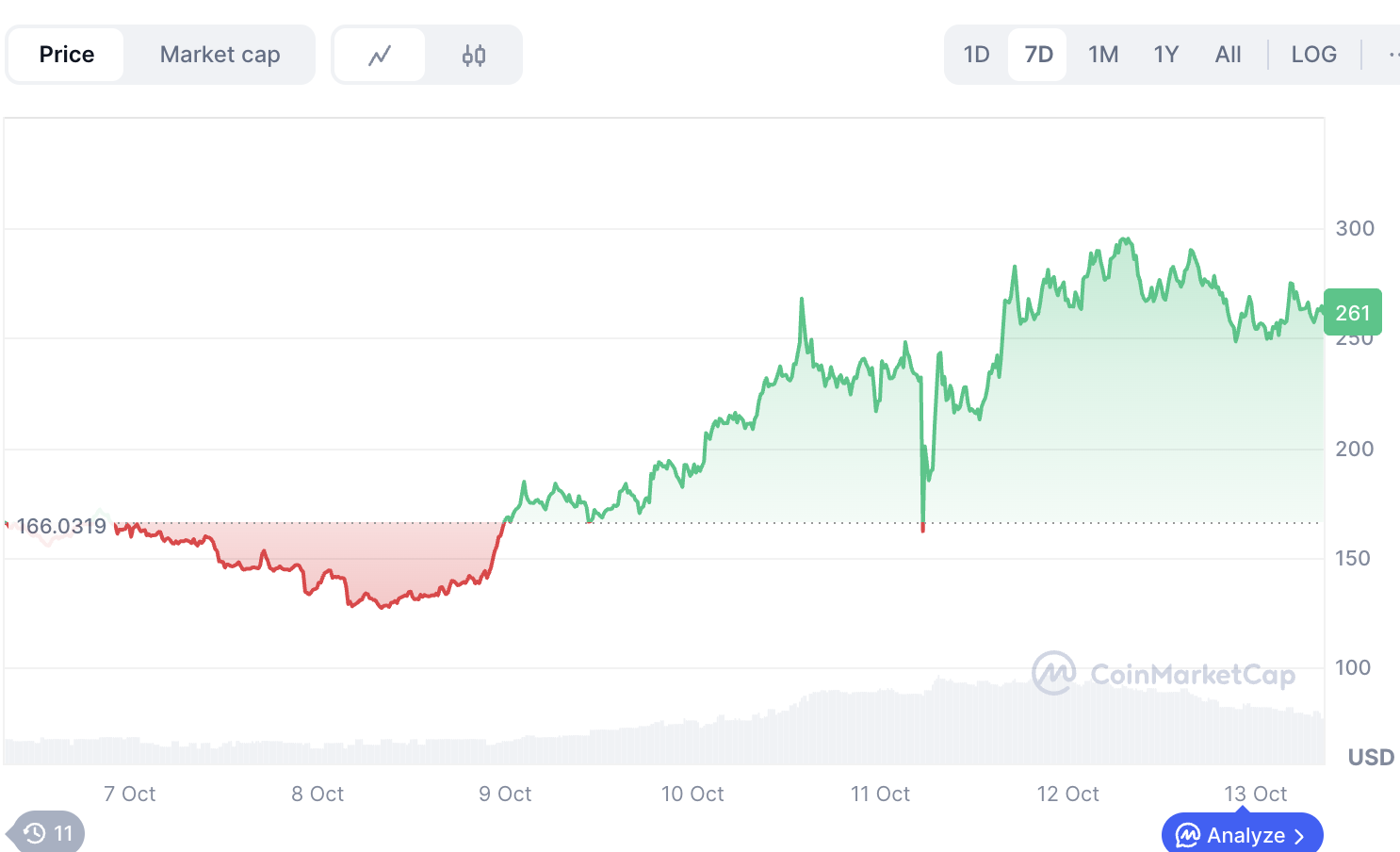
The privacy track behind it seems to be gradually showing signs of a strong rebound after experiencing the regulatory crackdown in 2024. At this point in time, analyzing the investment targets in this track may bring huge returns to investors.
The historical process of the privacy track
Looking at the development history of the privacy track, we can clearly see the four stages it has gone through.
Crypto Prehistory (1980-2013): The Emergence of the Cryptopunk Philosophy
The demand for privacy currency was first proposed in the late 1980s.
A loose collective of cryptographers, activists, and technology experts combined "cryptography" with "cyberpunk" and proposed the idea of using strong cryptography to protect personal privacy and challenge centralized surveillance.
The subsequent publication of two documents, The Crypto Anarchist Manifesto and The Cypherpunk Manifesto, laid the ideological foundation for the birth of the privacy track: "We cypherpunks are committed to building anonymous systems. We use cryptography to defend privacy."
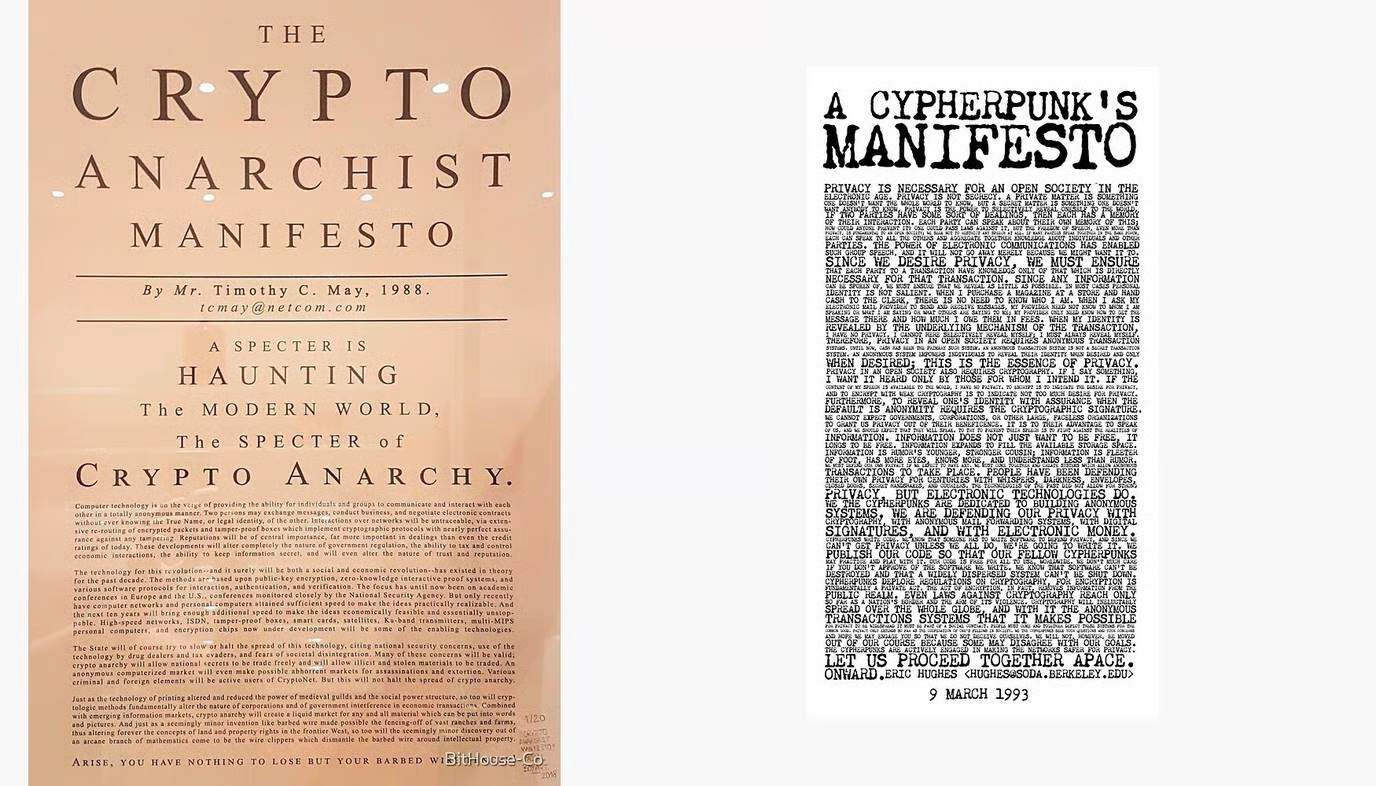
The Crypto-Anarchist Manifesto and the Cypherpunk Manifesto
Phase 2 (2014): Debut
2014 was the first year of the birth of the privacy coin track. Dash ($Dash) and Monero ($XMR) appeared in this year. Both tokens achieved very high growth that year, but soon fell back and returned to normal.
Among them, $XMR was added to the notorious dark web's economic system because of its forced anonymity. Although it created a unique usage scenario, it also laid the groundwork for the subsequent devastating blow to the privacy coin track.
Phase 3 (2017-2021): From the Margins to the Mainstream
During this period, the privacy track benefited from the rapid development of the crypto market and the influx of funds.
Privacy coins have particularly stood out due to their unique value proposition. During this period, the narrative of “privacy is a right” began to spread from the technical circle to the mainstream cryptocurrency investor community.
During this period, $Dash saw its value increase by as much as 135-fold, far surpassing the crypto-world's core $BTC during the same period, reaching a peak market capitalization of $11 billion that year. $XMR saw a 24-fold increase. Due to its central position in the dark web economy, $XMR's average daily transaction volume reached 450,000 in Q4 2017.
It was also during this period that $ZEC debuted, proposing the concept of zero-knowledge proofs and attracting enthusiastic support from technical investors and institutions. Its price surged 29-fold, reaching a peak market capitalization of $4.2 billion, further demonstrating the market's interest in the privacy sector.
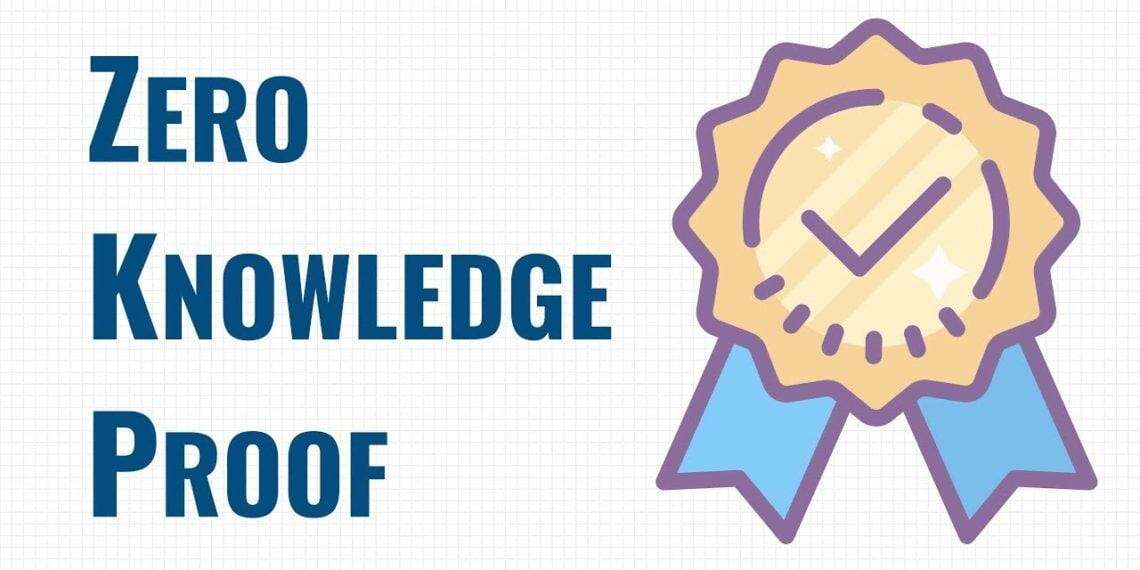
It was during this period that major exchanges rushed to list privacy coins, fueling further growth in the sector. Furthermore, during the DeFi Summer, the privacy coin sector successfully transformed, growing from a market capitalization of $2 billion at the beginning of 2020 to $14 billion by mid-2021.
But the sword of Damocles hanging over the privacy coin track has begun to emerge and will eventually fall in 2022.
Phase 4 (2022-2025): Darkest Hour, Survival, and Long-Term Regulatory Pressure
From 2022 to 2024, the privacy coin track encountered unprecedented regulatory crackdowns, ushering in its darkest moment.
On August 8, 2022, the U.S. Treasury Department sanctioned the ETH mixer Tornado Cash, sending a clear regulatory signal and officially marking the departure of privacy coins from the "gray area" to the "under the red line."
The subsequent wave of exchange delistings became the first domino to fall. On February 6, 2024, Binance announced the delisting of $XMR (Monero), citing "regulatory compliance requirements." Mainstream exchanges like Kraken and OKX followed suit, and the privacy coin market faced a global downfall. By the end of 2024, fewer than 10 exchanges globally supported privacy coin trading, all of which were small. A liquidity crisis for privacy coins erupted.
Although Naval’s call a few days ago caused $ZEC to rise by nearly 400%, the European Union also announced at this time that it would completely ban anonymous cryptocurrency transactions in 2027. The long-term regulatory pressure on privacy coins still exists.
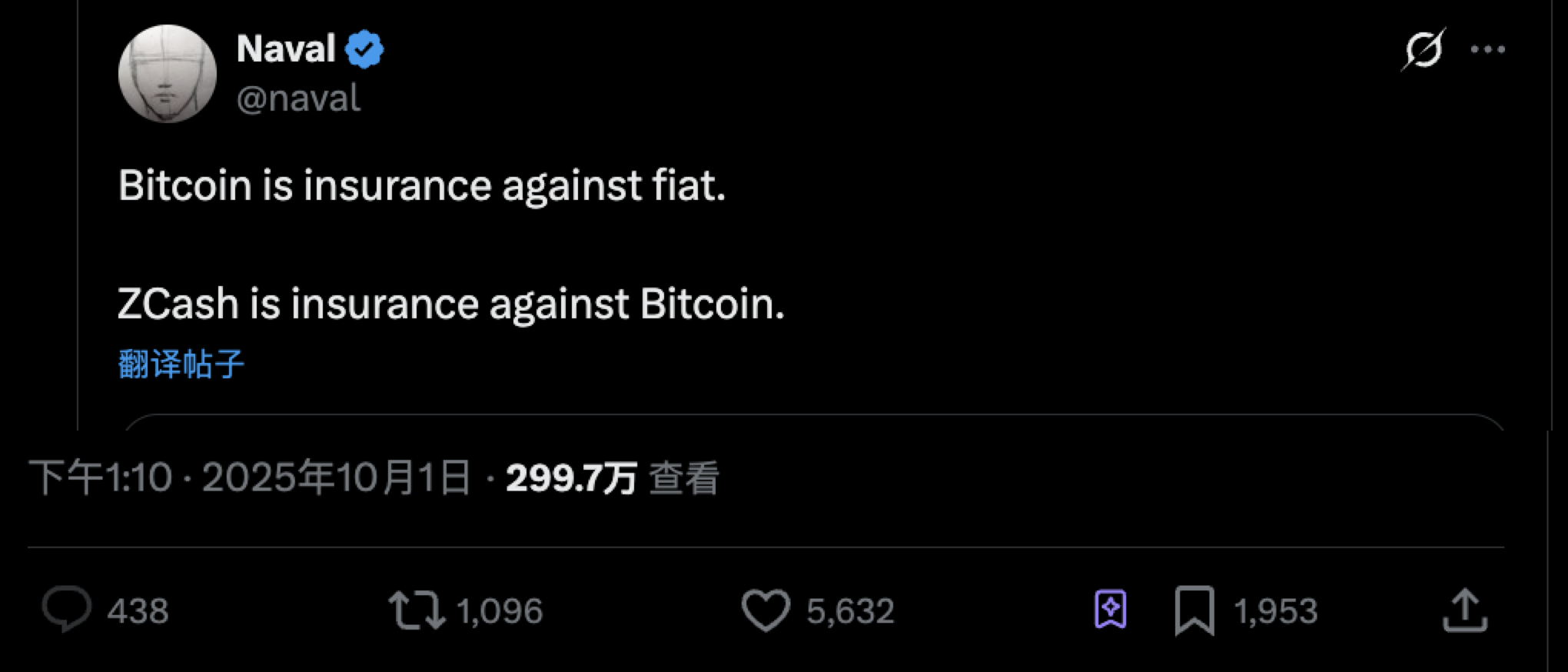
The driving force behind the rebound in the privacy track
In addition to the appearance that Naval's call led to the market following the buying trend, the privacy track has deeper reasons.
The simplest reason is the rebound caused by oversold. The total market value of the privacy track has fallen from US$40 billion to US$10 billion, a drop of 75%. In this case, any good news can bring exponential effects, and Naval’s tweet happened to become this "random good news."
Another direct reason is the actual buying brought by Grayscale's restart. In early October, Grayscale Zcash Trust reopened for subscription. Although the specific amount was not disclosed, this action led to a large number of follow-up funds to bring real buying to $ZEC.
The Ethereum Foundation recently endorsed Railgun. On October 9th, the foundation announced that the Kohaku roadmap would integrate Railgun technology. Furthermore, Vatalik's previous $300,000 donation to Railgun reinforced market confidence in the privacy sector. $RAIL's rapid 270% surge that day also validated the underlying logic.
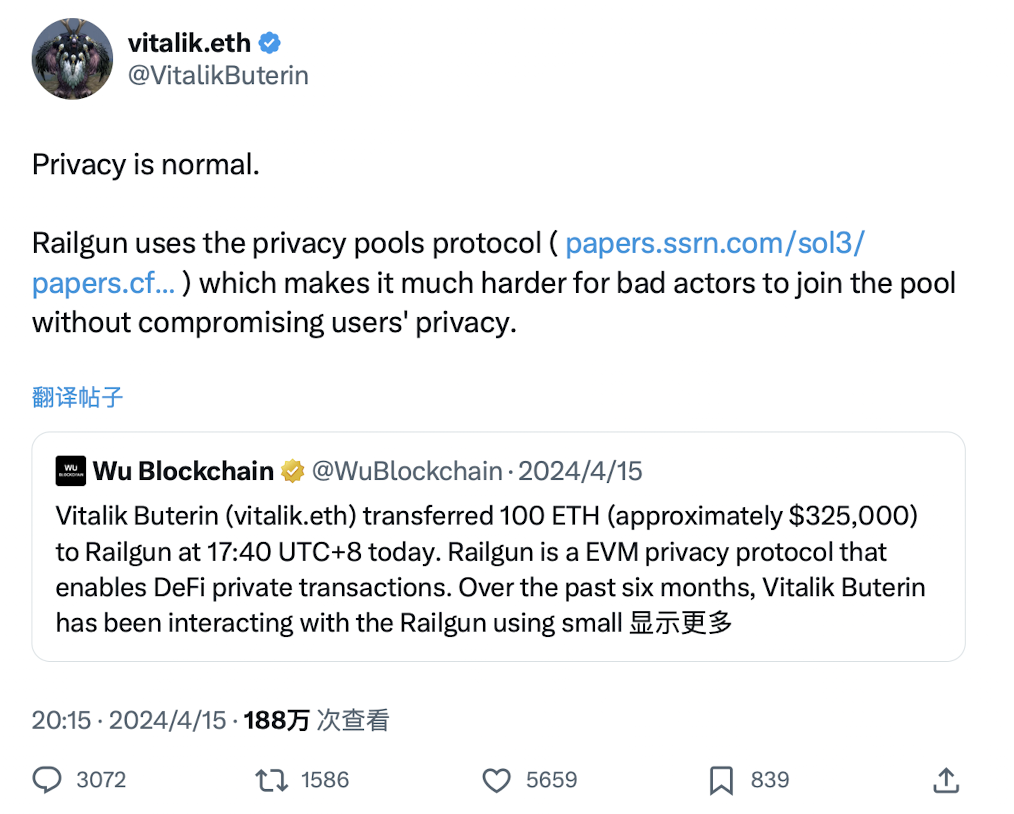
The liquidity scarcity caused by the delisting of privacy coins by a number of exchanges has made chips extremely scarce. In the absence of supply, any slight demand will cause the token price to rise rapidly.
On a larger scale, the ongoing geopolitical conflicts in the world and the uncertainty brought about by Trump have also in turn catalyzed the demand for financial privacy among a number of institutions and investors. The black swan crash event has directly put this demand on the "table".
Current investment opportunities in the privacy sector
$ZEC
As a star project with outstanding performance in recent times, $ZEC is undoubtedly the leading target in the industry. Yesterday, it reached its highest point in recent years at $293, a 7-day increase of 295%, and a market value of $4.26 billion.
However, its rapid rise throughout the period has recently seen a slight pullback, with the current price falling back to $262. $ZEC's rise is largely due to the influence of Naval, an early investor in ZEC with many hidden vested interests. It may face significant pullback pressure in the short term.
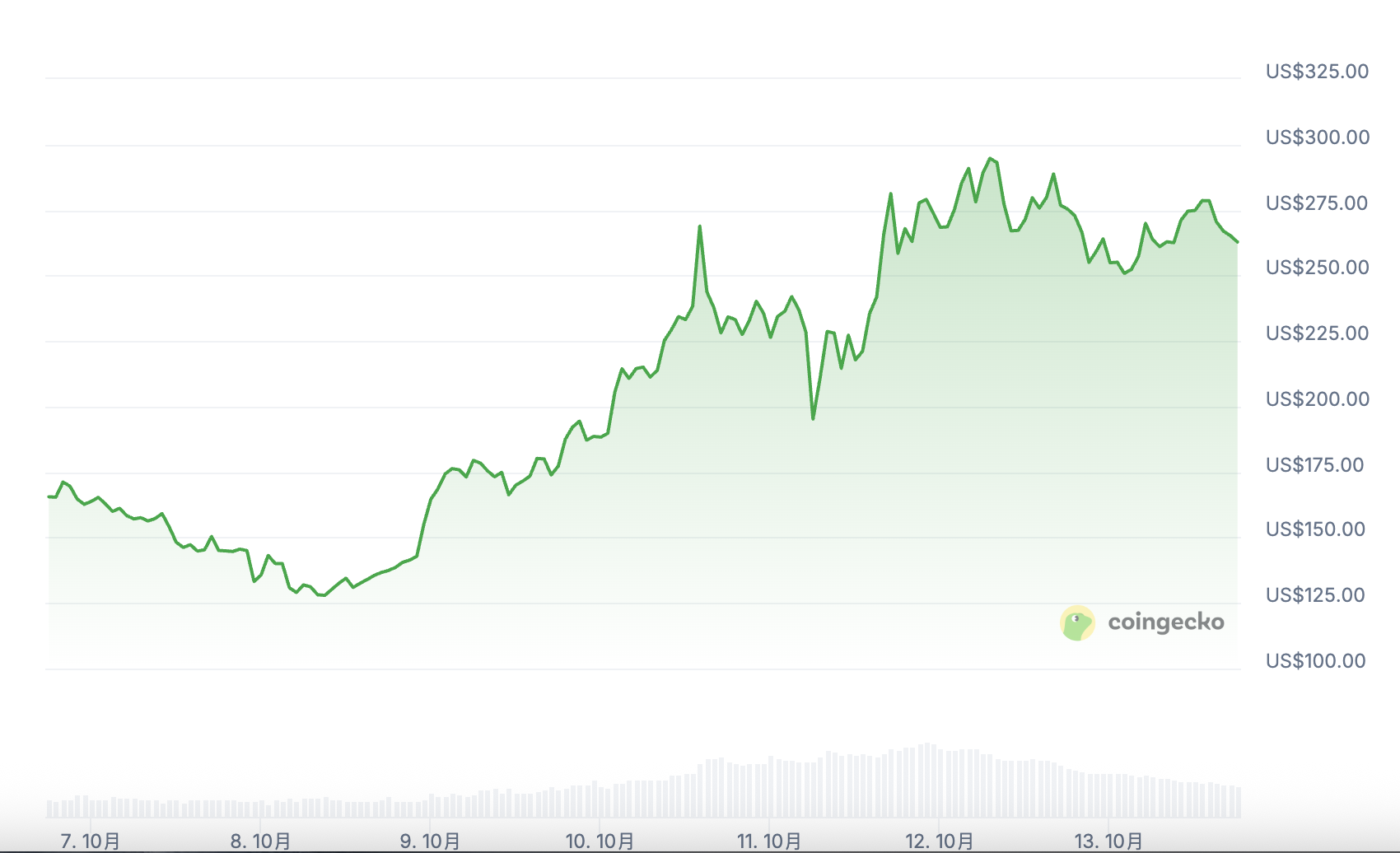
$XMR
Compared with the recent exaggerated growth of $ZEC, $XMR, which is also a leading token in the privacy coin track, may have higher growth potential.
$XMR’s current price is $305, with a market capitalization of approximately $5.64 billion. Its 7-day increase is only 48%, significantly lagging behind $ZEC, but it also shows a rising trend.
On the other hand, as the purest example of privacy technology, $XMR is committed to creating highly anonymous transactions and has a unique narrative appeal in the privacy coin market.
According to Coingecko data, $XMR transaction volume in the past 10 days has increased by nearly 170% compared with the previous cycle. This data also implies the growth potential of $XMR.
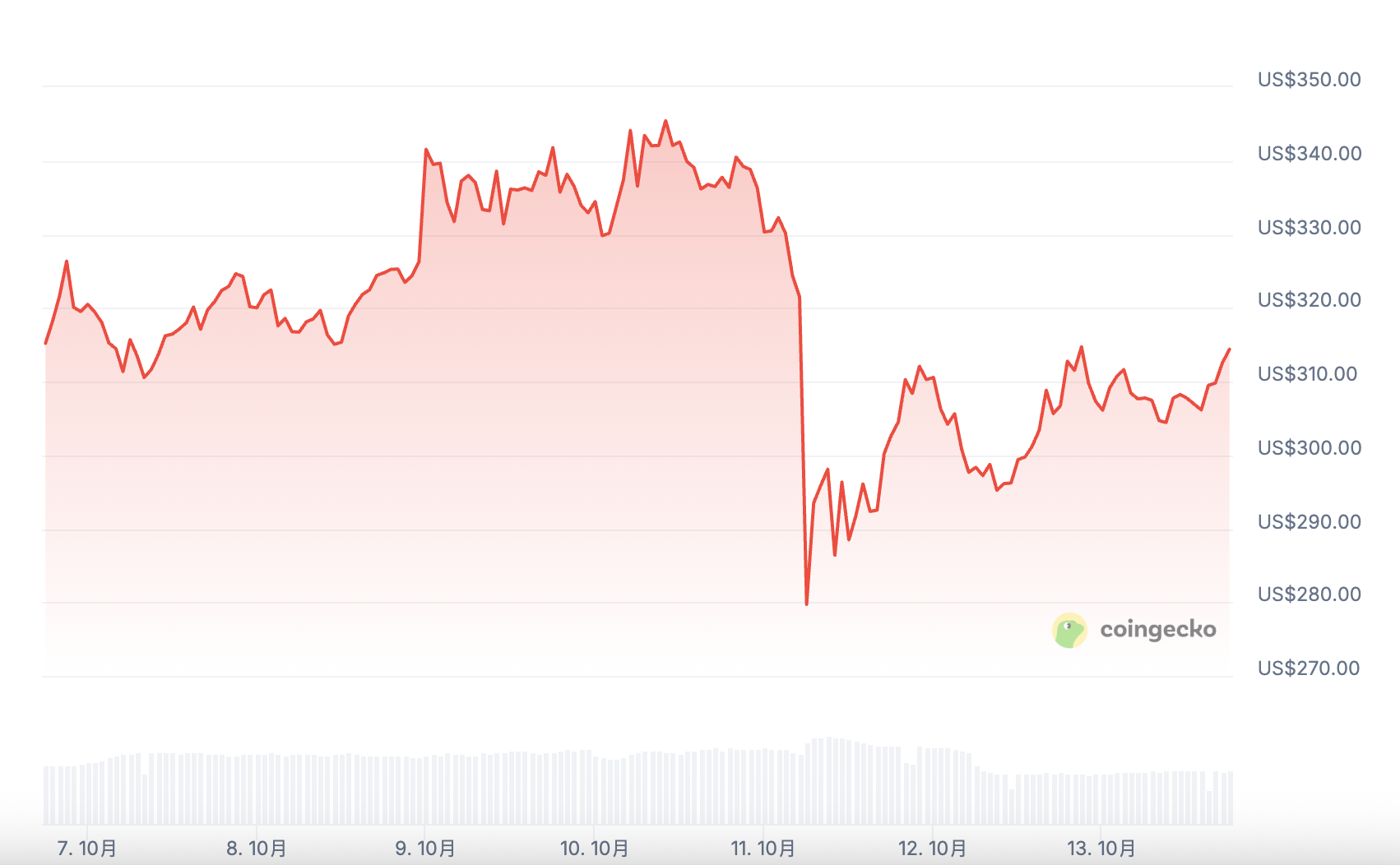
$Dash
As a veteran project in the privacy coin track that debuted at the same time as $XMR, Dash's development focus is on the combination of privacy and payment, which happens to be closely related to the currently popular stablecoin and encrypted payment track. More popular tags mean that $Dash can get more opportunities to attract market attention.
On the other hand, unlike the mandatory anonymity provided by Monera, Dash adopts optional privacy functions, making it one of the few "regulatory-friendly" targets in the privacy coin track, and it has an absolute advantage in regulatory sensitivity.
The current price is $38.2, with a market capitalization of approximately $655 million. It has increased by 48.5% in 7 days, almost on par with $XMR, and is currently showing a compensatory upward trend.
Other small-cap stocks
In addition to the high-market-cap projects mentioned above, there are many small-market-cap projects in the privacy sector that are worth paying attention to. In theory, they have greater room for price increases, but their current price performance is uneven, and investors need to carefully consider their choices.
Secret Network ($SCRT)
Secret Network is a privacy-focused Layer 1 blockchain that provides customizable privacy features for dAPPs through encrypted smart contracts.
Its core competitiveness lies in providing a narrative that combines privacy attributes with the current hot label AI. Its 2025 roadmap focuses on the integration of infrastructure, AI models and privacy computing, aiming to build decentralized, privacy-first AI applications.
The current price of $SCRT is $0.19, with a market capitalization of approximately $61.84 million and a 24-hour trading volume of $14.85 million. The price change within 7 days is a decrease of 10.91%.
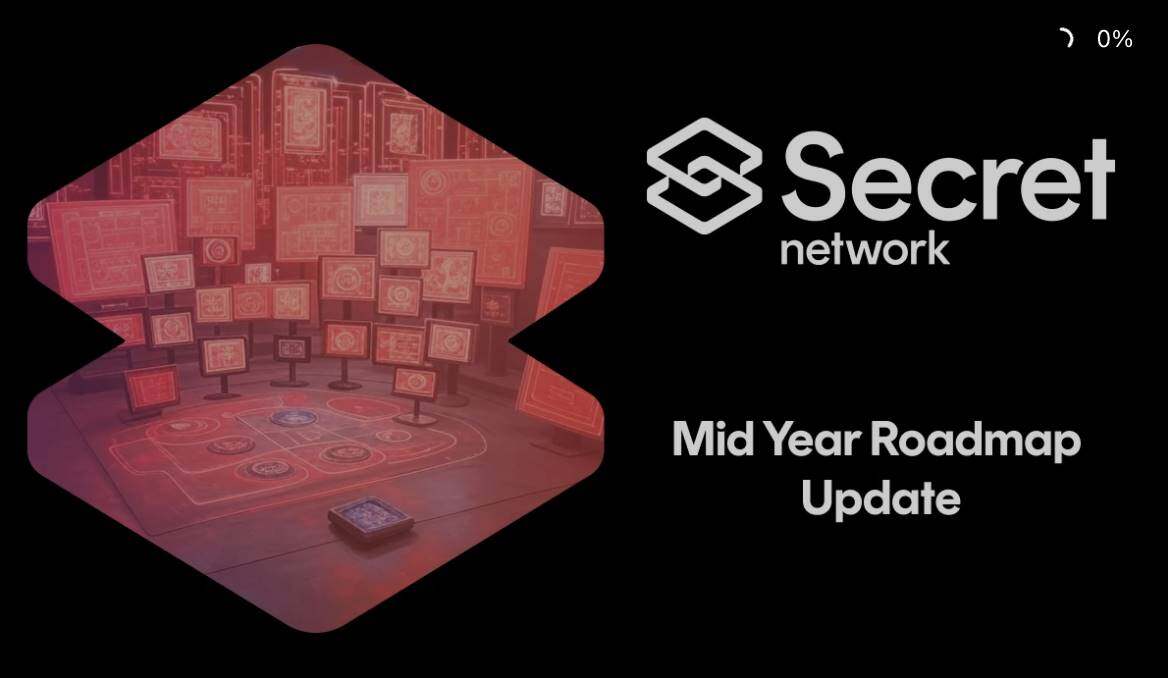
Related reading: Secret Labs Mid-Year Roadmap Update
Pirate Chain ($ARRR)
Pirate Chain is a pure privacy blockchain dedicated to providing completely anonymous transactions.
The current price of $ARRR is $0.4316, with a market capitalization of approximately $84.69 million, a 24-hour trading volume of $588,800, and a 7-day price change of 41.02%.
PirateChain is built on the Komodo platform's asset chain, combining the zero-knowledge proofs of Zcash and the privacy features of Monero. All transactions use shielded addresses by default, ensuring the highest level of financial anonymity.
In the recent black swan crash, $ARRR, like other mainstream privacy coins, showed strong resilience. After experiencing a drop of nearly 10%, it quickly rebounded by 37% on the 12th. Combined with its current small market capitalization, it may bring investors unexpected returns.
Track Outlook: Moving Forward Amidst Contradictions
Although the privacy track is currently showing a strong rebound momentum, investors also need to pay attention to Naval's role as a former director of the Zcash Foundation and other stakeholders in this rise. At the same time, the shadow of regulation has never been far away from the privacy coin track.
The current investment logic in the privacy track has shifted from idealism to practical application. Only projects that truly solve user pain points can have stronger vitality.
The first question that investors who want to invest in the privacy sector need to consider is whether to choose a strong anonymity project that faces regulatory pressure but is more in line with the essence of "privacy" or a regulatory-friendly project.

